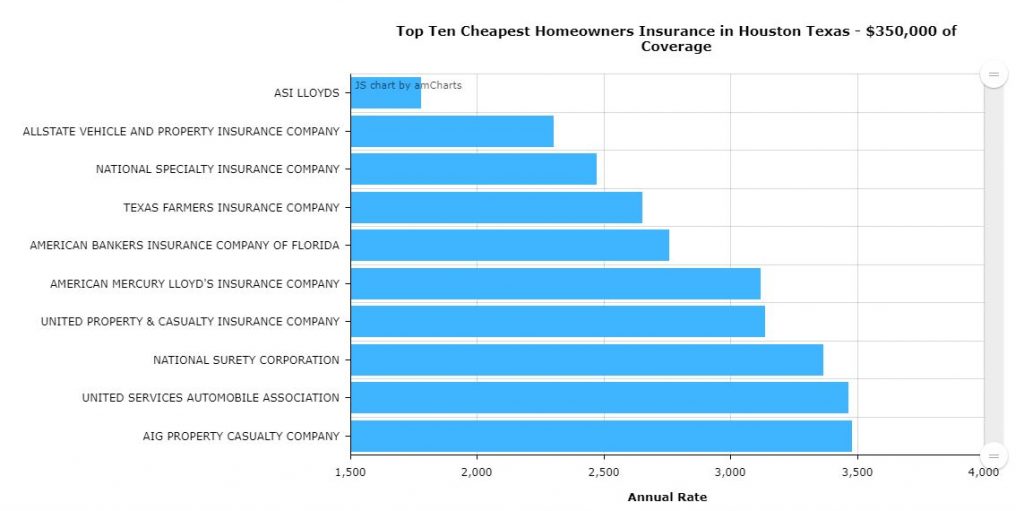A life insurance coverage policy is a contract with an insurance coverage company. In exchange for premium payments, the insurer provides a lump-sum payment, understood as a death benefit, to beneficiaries upon the insured's death. Normally, life insurance coverage is chosen based on the requirements and objectives of the owner. Term life insurance coverage normally supplies protection for a set time period, while irreversible insurance, such as whole and universal life, supplies lifetime coverage.
1 There are many varieties of life insurance. Some of the more typical types are discussed below. Term life insurance coverage is created to supply financial protection for a specific amount of time, such as 10 or 20 years. With standard term insurance coverage, the superior payment amount stays the exact same for the protection duration you pick.
Term life insurance is usually cheaper than long-term life insurance. Term life insurance profits can be used to change lost possible income throughout working years. This can provide a safeguard for your recipients and can also help guarantee the family's financial objectives will still be metgoals like settling a mortgage, keeping a service running, and paying for college.
Universal life insurance coverage is a kind of long-term life insurance coverage developed to provide lifetime coverage. Unlike whole life insurance, universal life insurance policies are flexible and might allow you to raise or lower your premium payment or protection quantities throughout your lifetime. In addition, due to its life time protection, universal life generally has greater premium payments than term.
The Only Guide for Which Of The Following Best Describes Term Life Insurance?
Another typical usage is long term earnings replacement, where the requirement extends beyond working years. Some universal life insurance item designs focus on offering both death benefit coverage and structure money worth while others concentrate on offering guaranteed death benefit coverage. Whole life insurance coverage is a kind of irreversible life insurance coverage created to offer life time http://alexiswzrr647.theglensecret.com/some-known-factual-statements-about-how-to-find-out-if-someone-has-life-insurance coverage.
Policy premium payments are normally repaired, and, unlike term, entire life has a money worth, which operates as a savings component and may accumulate tax-deferred in time. Entire life can be utilized as an estate preparation tool to help maintain the wealth you prepare to move to your recipients. Earnings replacement during working years Wealth transfer, earnings defense and some styles focus on tax-deferred wealth accumulation Wealth transfer, conservation and, tax-deferred wealth build-up Designed for a particular duration (normally a variety of years) Flexible; typically, for a lifetime For a lifetime Normally less pricey than irreversible Generally more pricey than term Usually more expensive than term Usually repaired Flexible Typically set Yes, usually earnings tax-free Yes, usually income tax-free Yes, normally income tax-free No No2 No No Yes Yes Yes, Fidelity Term Life Insurance3 Yes, Universal Life Insurance, mainly focused on survivor benefit protection No, standard Whole Life Insurance is not presently offered Insurance providers use rate classes, or risk-related classifications, to identify your premium payments; these classifications don't, nevertheless, affect the length or quantity of protection.
Tobacco usage, sell timeshare without upfront fees for instance, would increase threat and, for that reason cause your premium payment to be greater than that of someone who doesn't use tobacco.
Life insurance is an agreement between an insurance provider and a policyholder in which the insurer assurances payment of a survivor benefit to named recipients when the insured dies. The insurance provider assures a death advantage in exchange for premiums paid by the policyholder. Life insurance coverage is a lawfully binding contract.
Not known Facts About How Is Life Insurance Taxed
For a life insurance coverage policy to remain in force, the insurance policy holder should pay a single premium up front or pay regular premiums with time. When the insured dies, the policy's named recipients will receive the policy's face worth, or survivor benefit. Term life insurance coverage policies end after a particular number of years.
A life insurance policy is just as excellent as the monetary strength of the business that issues it. State warranty funds may pay claims if the issuer can't. Life insurance coverage provides monetary assistance to surviving dependents or other beneficiaries after the death of an insured (what is the difference between term and whole life insurance). Here are some examples of individuals who might need life insurance: If a parent dies, the loss of his/her income or caregiving abilities could create a financial difficulty.
For children who require lifelong care and will never ever be self-dependent, life insurance coverage can ensure their requirements will be met after their moms and dads die. The death advantage can be utilized to fund a special requirements trust that a fiduciary will manage for the adult kid's advantage. how does term life insurance work. Married or not, if the death of one adult would mean that the other could no longer afford loan payments, upkeep, and taxes on the residential or commercial property, life insurance might be a great idea.
Many adult children compromise by requiring time off work to take care of a senior parent who needs aid. This assistance might likewise include direct financial backing. Life insurance can help compensate the adult child's expenses when the parent passes away. Young adults without dependents rarely require life insurance coverage, get more info however if a parent will be on the hook for a child's debt after his/her death, the child may desire to carry adequate life insurance coverage to settle that debt.
The Best Strategy To Use For What Is Term Life Insurance
A 20-something grownup may buy a policy even without having dependents if there is an expectation to have them in the future. Life insurance coverage can supply funds to cover the taxes and keep the amount of the estate undamaged.' A small life insurance policy can offer funds to honor an enjoyed one's death.
Rather of selecting in between a pension payout that offers a spousal benefit and one that doesn't, pensioners can pick to accept their complete pension and utilize some of the cash to purchase life insurance coverage to benefit their spouse. This method is called pension maximization. A life insurance coverage policy can has two primary parts - a death advantage and a premium.
The death benefit or face worth is the amount of cash the insurance provider guarantees to the recipients determined in the policy when the insured passes away - what is a whole life insurance policy. The insured may be a parent, and the beneficiaries might be their kids, for instance. The insured will pick the preferred survivor benefit amount based on the beneficiaries' projected future requirements.
Premiums are the money the insurance policy holder spends for insurance coverage. The insurance provider needs to pay the survivor benefit when the insured passes away if the insurance policy holder pays the premiums as required, and premiums are determined in part by how likely it is that the insurer will have to pay the policy's survivor benefit based upon the insured's life span.

How What Type Of Life Insurance Are Credit Policies Issued As can Save You Time, Stress, and Money.
Part of the premium also goes toward the insurance business's operating costs. Premiums are greater on policies with bigger survivor benefit, people who are greater risk, and irreversible policies that build up cash worth. The cash worth of irreversible life insurance coverage serves two purposes. It is a cost savings account that the policyholder can use throughout the life of the guaranteed; the cash collects on a tax-deferred basis.

For example, the policyholder may get a loan versus the policy's cash value and have to pay interest on the loan principal. The policyholder can also use the money worth to pay premiums or purchase additional insurance. The money value is a living benefit that stays with the insurance coverage business when the insured dies.